Hawaii is a very distant and secluded group of islands. Despite being home to many fascinating indigenous species, the archipelago has been a magnet for non-native species due to its abundant natural resources. The islands are teeming with a wide variety of flora and fauna, some of which were brought to fight the environmental destruction caused by other non-native species.
Here are some of the invasive species in Hawaii that are wreaking havoc on the island, both plants and animals.
What Makes a Species Invasive?
Invasive species can be plants or animals. They are often introduced into an environment by people either intentionally or accidentally. Invasive species are among the greatest threats to native ecosystems worldwide, as they are often the most harmful to native species. The invasive species also often compete with native species for food and habitat, spreading rapidly and causing a lot of damage to the ecosystem.
Invasive Species in Hawaii
Humans’ introduction of many non-native species to the Hawaiian Islands poses a grave risk to the region’s ecosystems. Here are some notable ones driving rare and valuable native plants and animals out of their natural habitats.
Invasive Animals in Hawaii
1. Fire Ants
Fire ants have spread from Hawaii’s Big Island to Maui, Oahu, and perhaps Kauai. Little fire ants are among the worst invasive species in the world. Why? These little ants, smaller than most ants, can produce in excessive numbers in a short time, damaging crops and forests.
Fire ants were introduced into Hawaii in 1957, most likely while transporting cargo from Asia to Hawaii. These ants are a problem because of their aggressive nature and tendency to overtake and destroy green sites. The ants are known for their painful sting, a massive treat to humans and animals.

2. Coqui Frogs
The coqui frog was brought to Hawaii in the 1980s from Puerto Rico in a potted plant. They can adjust quickly to new environments and have the ability to reproduce quickly, laying up to 6,000 eggs at a time.
They also thrive well in the low and high elevations of Hawaii landscapes. The coqui frog can live in warm climates and survive in Hawaii in lava rock crevices and amongst mulch at the base of the mountains.
The coqui frog produces a sound that causes a lot of annoyance. This alters the nocturnal acoustic environment and impedes the survival and reproduction of local species. Moreover, Coqui frogs prey on native insects, which severely limits the environment.

3. Mongooses
The mongooses in Hawai’i are species native to India. The sugar industry brought them to the islands in 1883 to help with rodent suppression in sugarcane plantations on Maui, Moloka’i, and Oahu.
The attempts failed because they didn’t realize that rats are usually awake at night and mongooses are typically awake during the day. Instead of reducing the number of rats, mongooses killed most native birds. Species that nest on the ground, like the endangered nēnē., are especially at risk from them. Mongooses live all over the island but mainly in higher altitude areas.
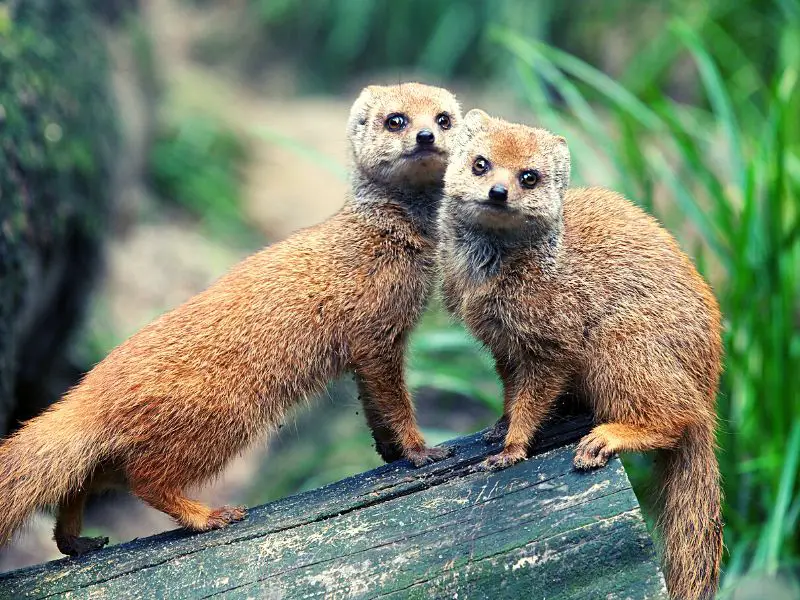
4. Kalij Pheasants
Kalij pheasants, originally from India and Pakistan Himalayan ranges, were brought to the Pu’u Wa’awa’a region of Oahu in 1962.
These game birds have now overrun the high-elevation forests of the Big Island, Maui, and Oahu. They are fond of eating the fruits of invasive species such as Banana poka, strawberry guava, and clidemia, which carry the seeds across native forests.
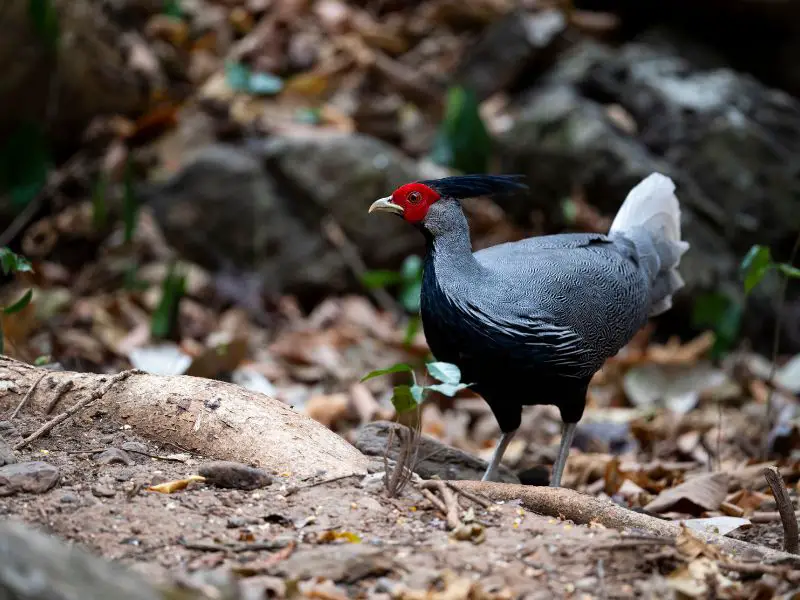
5. Africanized Honeybee
Africanized bees (sometimes overhyped as “killing bees”) are a variety of honey bees that have moved from South America to parts of the southern United States. These bees are also listed as invasive species in Hawaii.
African honey bees threaten humans due to their heightened protective response. Children, the elderly, and especially the disabled are at the greatest danger of a lethal assault.
African honey bees don’t like vibrations produced by tools, tractors, and lawnmowers. In addition, they often make nests close to people, causing more harm to the neighboring people.
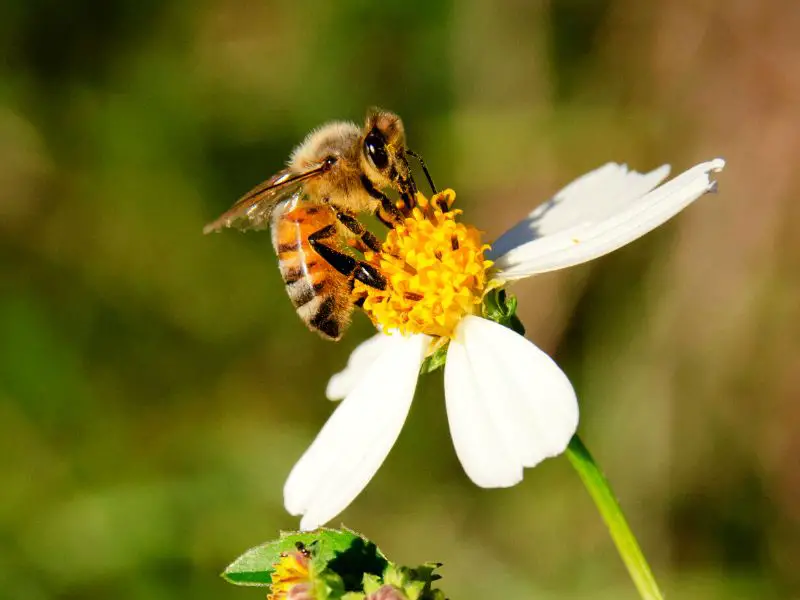
6. Red-Vented Bulbul
The Red-whiskered bulbul is indigenous to India and Myanmar. They arrived in Hawaii as pets. These birds come in as pets. So they were thought to escape from their owners or be illegally released in Hawaii in the 90s.
Red-vented bulbuls are a devastating pest in Hawaii, causing substantial damage to agriculture on O’ahu. They wreak havoc on fruit producers and nurseries, swarming in vast numbers and consuming commercial crops, including papaya, mango, lychee, and bananas. They also have a penchant for orchid buds, causing nearly $300,000 in damage to the Oahu orchid business one year.

Related: Invasive Species in Michigan, What Is Biodiversity, History of Environmentalism
Invasive Plants in Hawaii
1. Himalayan Ginger
Himalayan ginger (Hedychium gardnerianum) is known as Khili ginger because it mimics the feathered staffs of Hawaiian royalty. They were purposefully planted into park buildings as an aesthetic plant in the 1940s. This inedible ginger spreads by rhizomes (underground stems) or through birds eating and distributing the seeds to distant areas of woodlands. Then they dominate the forest understory, inhibiting the development of ferns and the regeneration of native trees.
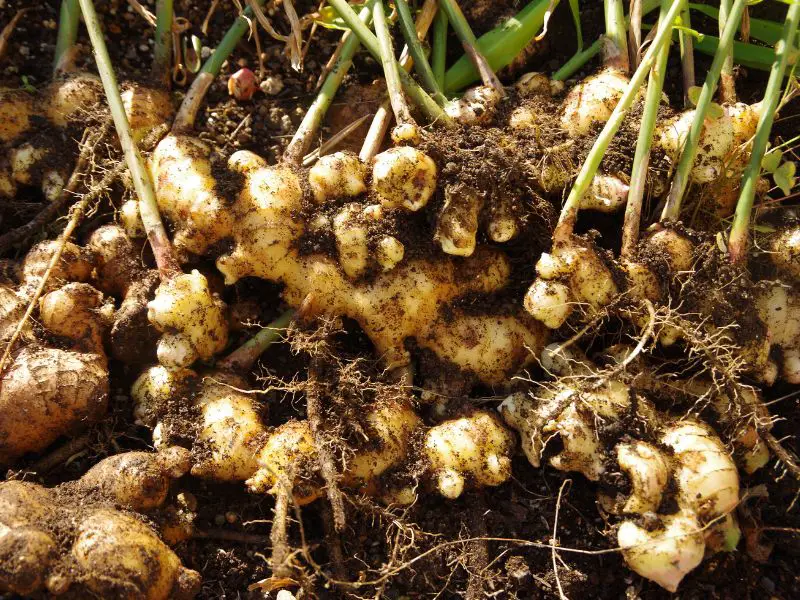
2. Faya
Faya is a shrub that can grow up to 5 meters tall, with yellow flowers that bloom in clusters. The berries it produces are edible but typically have a bitter taste, and it was initially introduced to Hawaii for wine-making purposes. However, it has become an invasive species in Hawaii, threatening to destroy natural forests.
Originally from the Canary Islands, Morella Faya was likely introduced to the Hawaiian Islands by the Portuguese in the 1800s as a decorative shrub and for its wine-making berries. While they were introduced in 1937, hoping to help reforestation, it backfired, and now they are considered invasive instead.
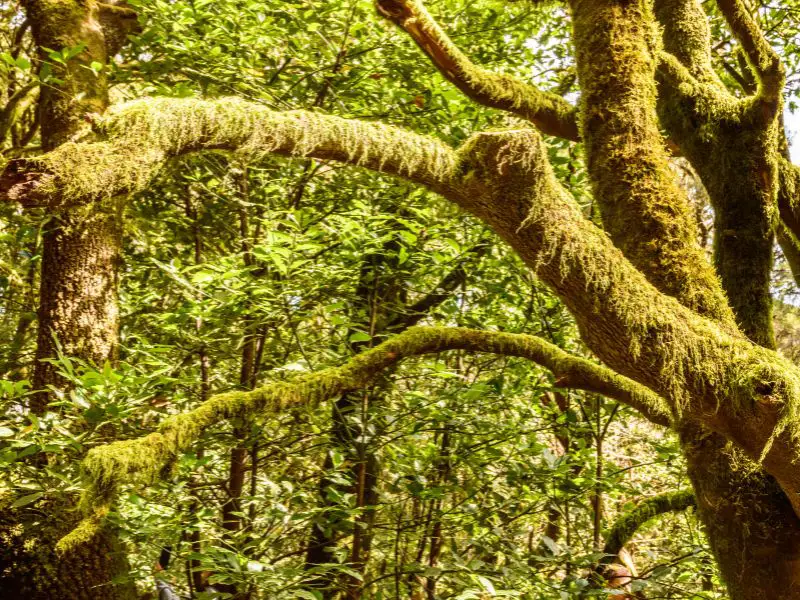
3. Fountain Grass
Fountain grass is a warm-season grass native from Africa that is now thriving in the hot tropical climates of Hawaii. It has large leaves that are green in color. They can grow on hillsides and roadsides as fast as 3-5 feet in a single season. The grass grows so well in Hawaii that it is now considered an invasive species causing problems to other vegetation in the area. They are classified as noxious weeds in Hawaii because they fuel intense flames, which can potentially wipe out local flora and fauna.
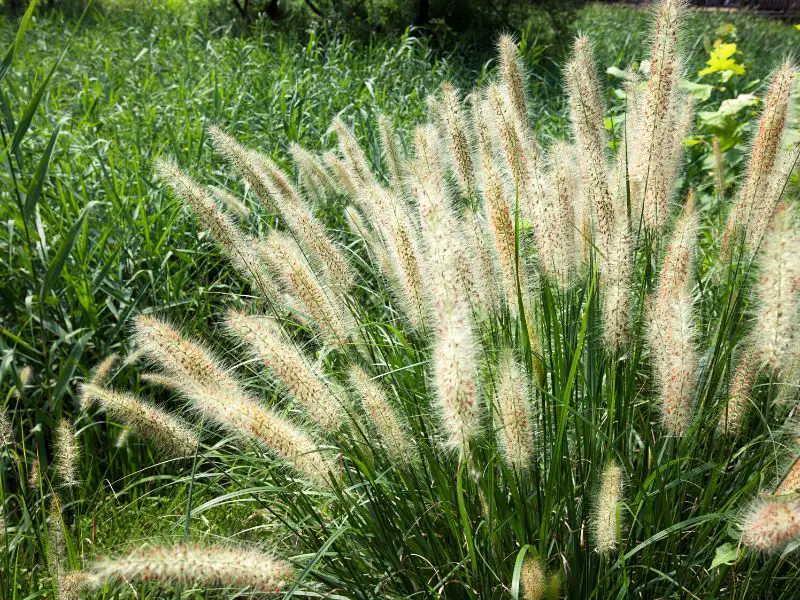
4. Strawberry Guava
Strawberry Guava was introduced to Hawaii in 1825 for its fruit and decorative qualities. Since its introduction, Strawberry Guava has grown across the Hawaiian Islands, overtaking hundreds of thousands of acres of native forest.
According to research, Strawberry Guava can invade about half of Hawaii Island’s land area and destroy approximately 300,000 acres (120,000 hectares) of conservation grounds alone. The tree spreads by branches and seeds and grows quickly, partly because of the lack of predators and illnesses common in its native Brazil.

5. Asian Sword Fern
The invasive sword fern strongly resembles the native Florida fern. Even more, they have the same name: sword fern! This plant is from southeast Asia, but it has spread worldwide. They are easily spotted at the top of Klauea, dominating the forest. Its leathery leaves look much like those of a native sword fern called kupukupu. The invasive sword fern produces thick impenetrable stands that choke out native ferns, ground coverings, and low-growing plants.
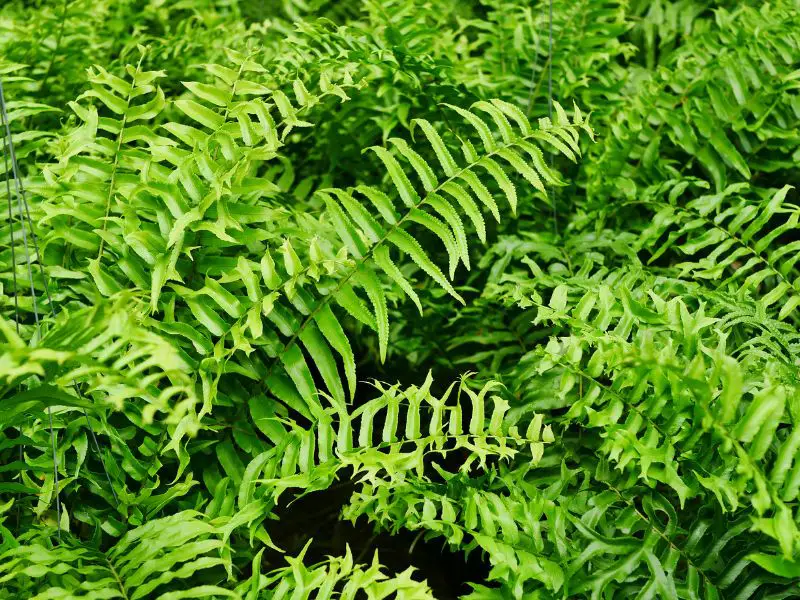
The Bottom Line
Invasive species are a big problem in many tropical areas because they affect the biodiversity of a site and impair the ecosystem’s stability. The Hawaiian islands are especially vulnerable because they have a wide variety of wild animals, plants, and insects. Therefore, invasive species pose a significant threat to the environment. The invasion of a particularly invasive species can alter the ecosystem’s stability by displacing native species, causing local extinctions, or altering local predator/prey interactions.
Invasive species cause billions of dollars of damage to Hawaii’s economy yearly. While Hawaii’s ecosystem is fighting back with native species constantly taking over foreign species’ territory, some insects have unfortunately adapted so well to local environments that native species cannot displace them.
The best solution to invasive species is to prevent invasion in the first place. This can be done by protecting local wildlife and plants from habitat loss and fragmentation, which can prevent the destruction of species and lead to the restoration of native species.


2 thoughts on “11 Invasive Species in Hawaii That Are Wreaking Havoc on the Environment”